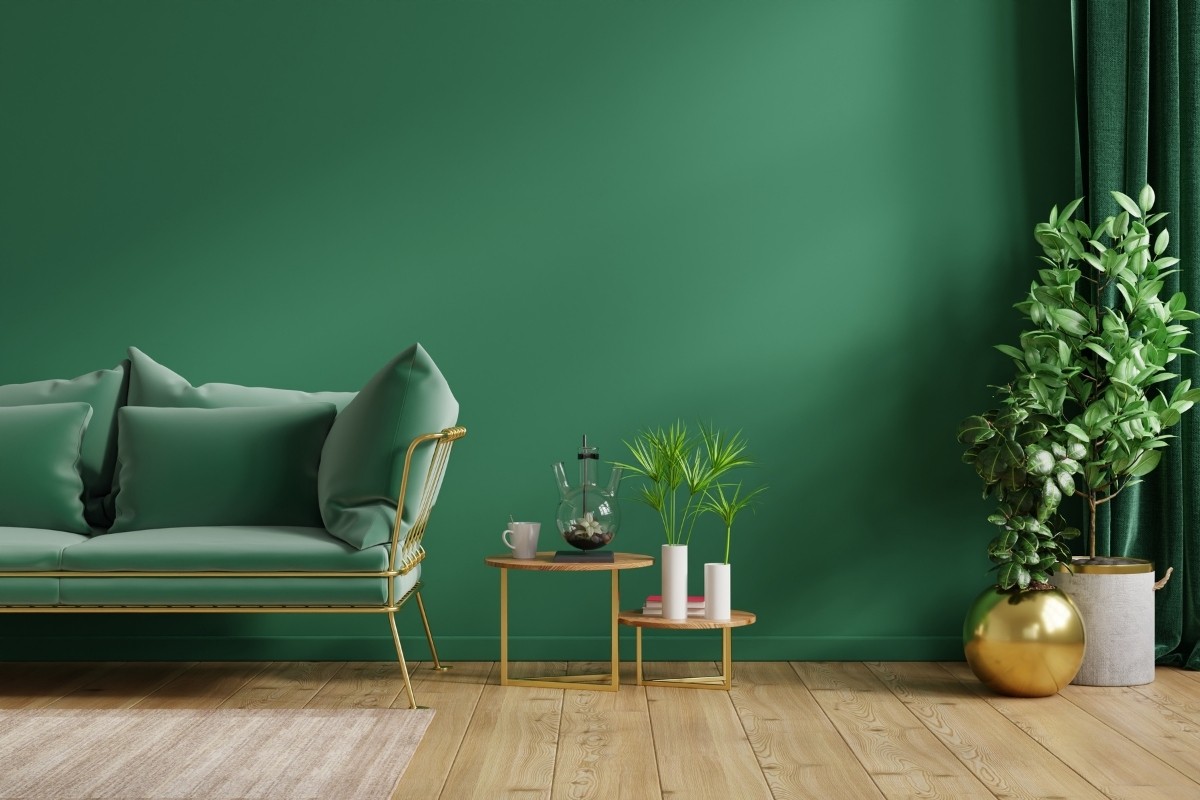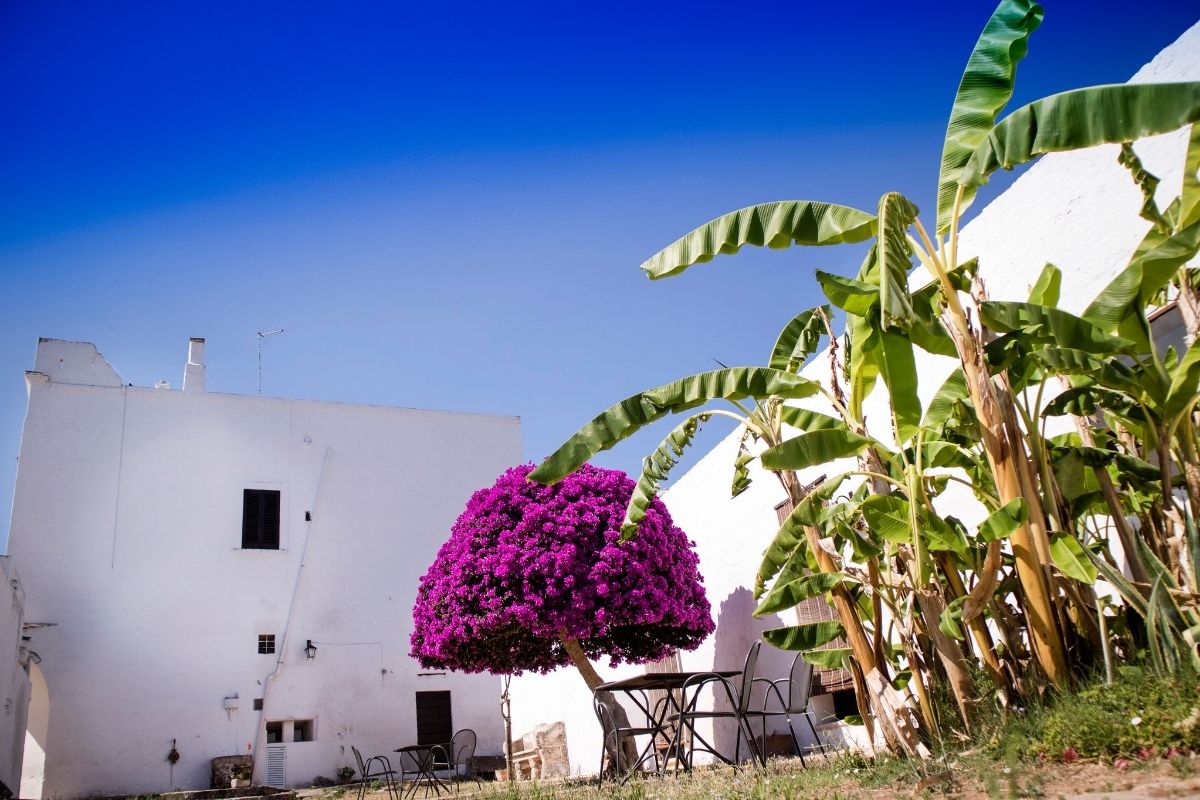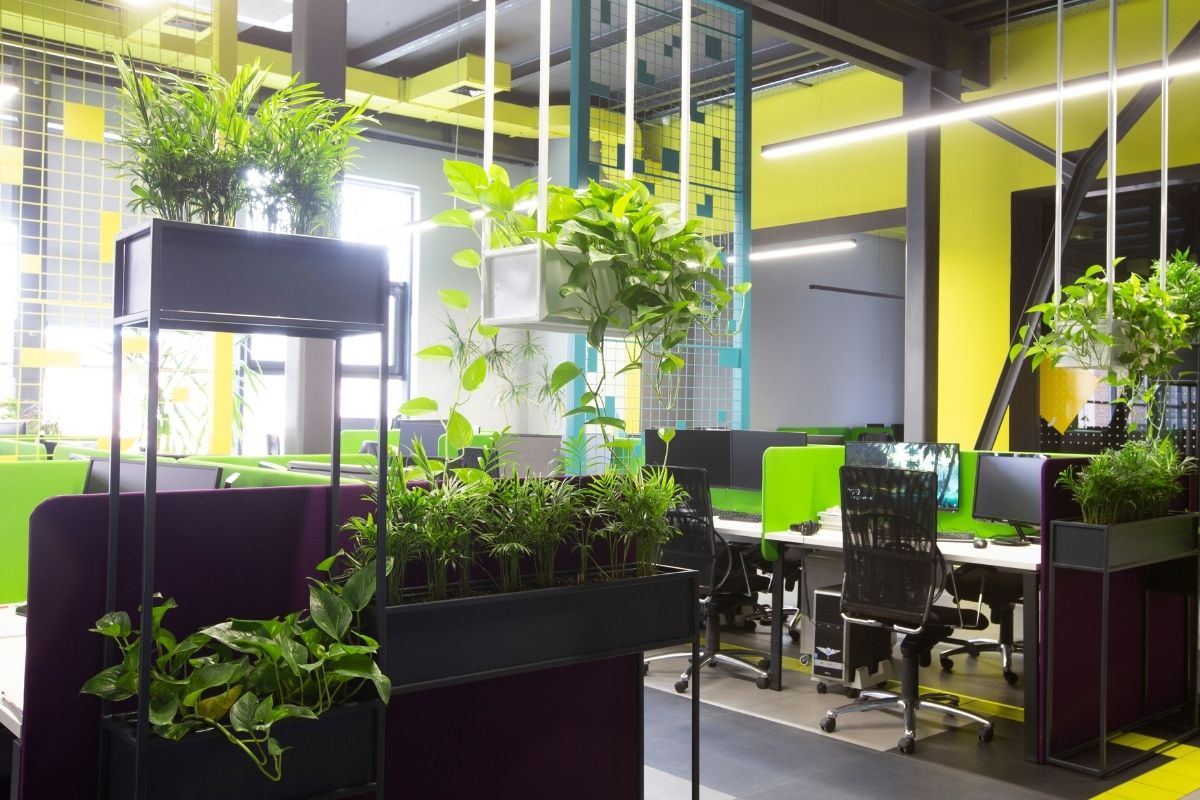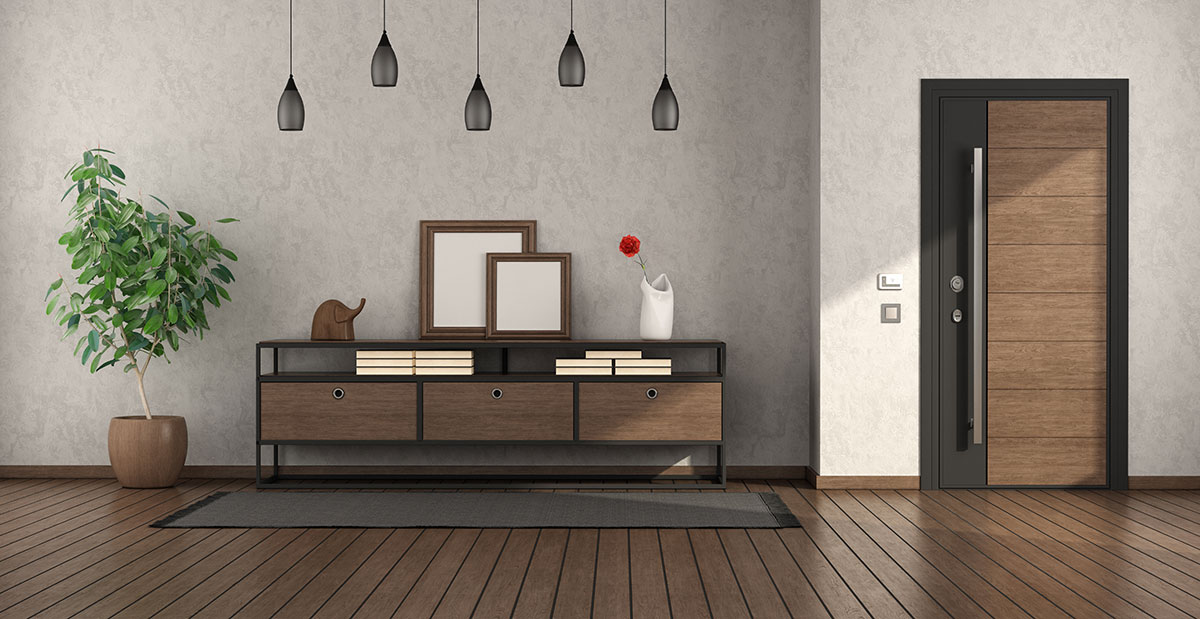I’m sure you have all known what it feels like to live or work in what we call a concrete jungle. A grey, monotone space that fuels nothing but irritation, repetition and impatience! Buildings so identical that you get lost on your way back from lunch break! However, you might have noticed that the classic high rise has slowly but surely been morphing into something new, spectacular and out of this world. These slow rejections of the conventional spaces have allowed room and potential for concepts such as biophilia to flourish. You might be sitting there thinking ‘what in the world is biophilia and biophilic design?’, but don’t worry, it’s not as Einstein as you think!


Riding off this idea, the biophilic design goes beyond the two-dimensional longing for the connection with the natural world and instead is used to cultivate the love of living things in general. It has taken us from being simple plant lovers to being a scientifically based phenomenon implemented within everyday architecture. Biophilic design aims to connect both us and the building more closely with nature by advancing aspects such as natural ventilation, lighting, and surrounding landscapes. By working alongside nature, we are able to utilise its benefits in such a way that uplifts the atmosphere of our environment and the health of ourselves. Simple steps such as introducing more natural building elements into your homes, such as use of natural materials, plants, wider views of the landscape, and light, have been proven to create a more productive and healthy environment for the people that live within that space. These small but significant steps within the biophilic design are all done with the core purpose of aiding the flow of nature’s beauty and doing so to benefit its surrounding elements.

So before you rush to Flower Power and stack your trolleys with every plant possible, reconsider how nature plays a part in your home. Start opening your windows, pull back the curtains, and give credit to those little succulents sitting on your kitchen windowsill, because whether you know it or not, nature is all around us.







